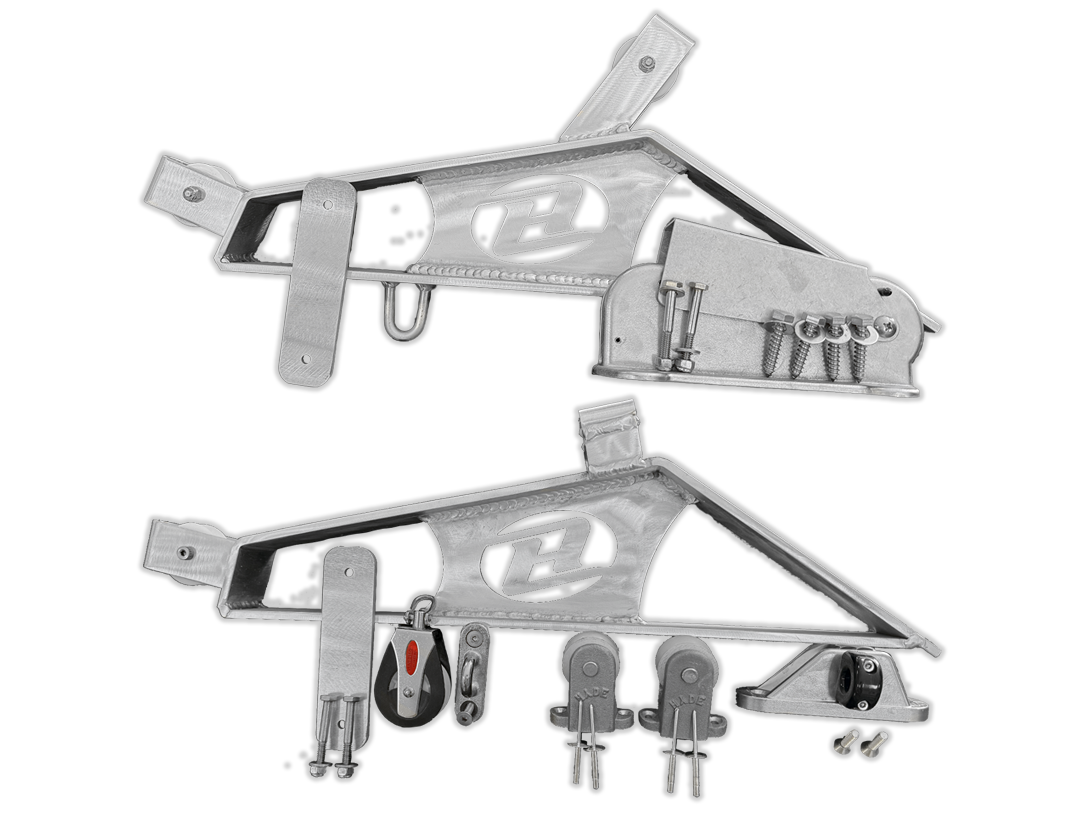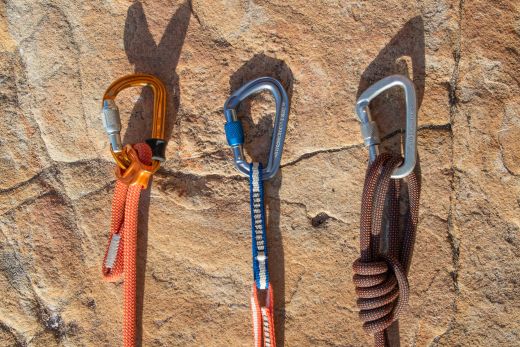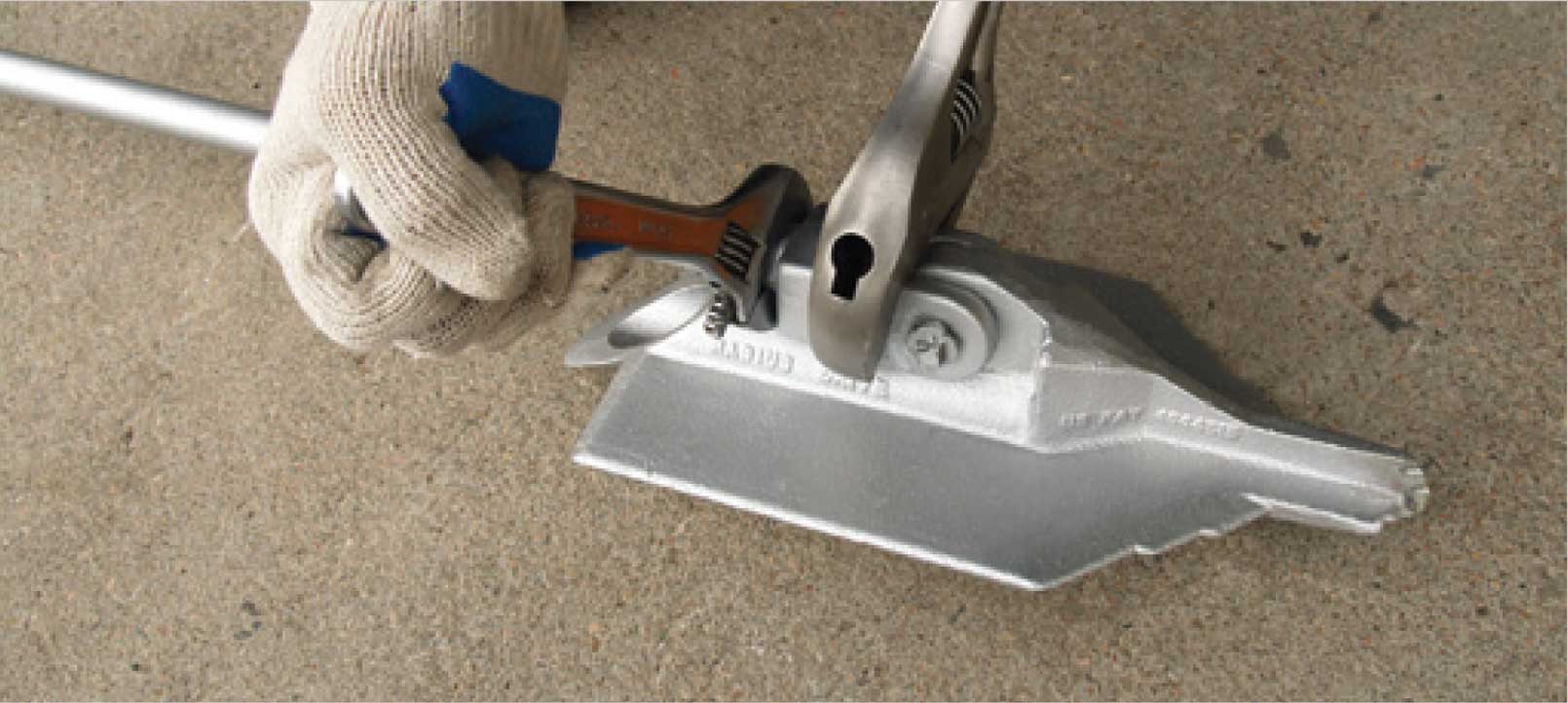Earth Anchor Systems for Securing Temporary and Permanent Frameworks
Earth Anchor Systems for Securing Temporary and Permanent Frameworks
Blog Article
Efficient Anchor Solutions Designed for Optimum Strength
The layout of effective support systems is vital in making sure maximum stamina and reliability across different applications, especially in civil and aquatic engineering. As we explore the various types of support systems and the materials that underpin their effectiveness, it comes to be evident that the future of securing modern technology might hold even greater developments.
Importance of Support Solutions
Anchor systems play an important function in various applications, from aquatic building to offshore exploration and even in the security of frameworks ashore. Their main function is to give safe and secure holding power, guaranteeing that structures continue to be steady and secure under different ecological conditions. In aquatic atmospheres, supports are crucial for mooring vessels, avoiding drift because of wind, currents, or waves. Without trusted anchoring, ships may go to danger of crash or grounding, resulting in substantial economic and ecological consequences.
Along with marine applications, support systems are essential in civil engineering, especially in the construction of maintaining wall surfaces, bridges, and buildings in geologically difficult locations. These systems aid distribute loads successfully, neutralizing pressures such as soil pressure and seismic task. The relevance of anchor systems encompasses the sustainable power sector, where they secure wind turbines and overseas systems, contributing to the stability and efficiency of energy generation.
Eventually, the performance of a support system is basic to the safety, toughness, and capability of numerous frameworks, making their design and implementation a crucial element in engineering and building techniques across multiple industries.
Innovative Materials in Anchor Design

Modern improvements in materials science have actually considerably transformed support design, enhancing efficiency and sturdiness. The incorporation of composite products and high-strength alloys has brought about supports that can endure severe environmental problems while keeping structural integrity. These ingenious materials not just offer premium tensile stamina yet likewise reduce weight, improving simplicity of installment and handling.
One noteworthy development is the usage of carbon fiber enhanced polymers (CFRP), which provide superb corrosion resistance and high strength-to-weight proportions. This enables the layout of anchors that are both light-weight and extremely resistant, making them appropriate for aquatic applications where direct exposure to saltwater can bring about material destruction.
Additionally, innovations in finishings-- such as innovative epoxy and galvanization-- further secure steel supports from rust, prolonging their solution life. These finishes can be customized to meet certain ecological challenges, guaranteeing that supports execute reliably even in extreme problems.
In addition, the integration of smart materials, which can adjust to transforming lots and ecological factors, is leading the way for future anchor styles. These growths emphasize a fad in the direction of higher effectiveness and integrity in securing remedies, inevitably enhancing safety across various applications.
Sorts Of Efficient Anchor Systems
Efficient securing remedies are essential for guaranteeing stability and safety in various applications, from construction to aquatic procedures. Numerous sorts of effective anchor systems stand apart for their effectiveness and adaptability to various settings.
One preferred kind is the screw anchor, which utilizes a helical layout to give superior holding power in dirt and soft ground. web These supports are especially helpful in short-term structures and can be conveniently eliminated and reused.
Another utilized system is the driven heap anchor, frequently utilized in marine and hefty construction projects. These supports are driven deep into the ground, providing superb resistance to side forces, making them perfect for supporting huge frameworks.
For marine applications, the mooring buoy support system is crucial. This system consists of buoyant tools linked to anchors on the seabed, permitting vessels to stay stable while minimizing drag from currents and winds.
Lastly, the deadweight support system relies upon hefty weights to supply stability and is typically made use of in offshore installments. Each sort of support system is created to satisfy specific requirements, making sure the safety and honesty of structures and vessels in numerous conditions.
Safety Specifications and Rules
Making sure the safety and security and reliability of anchoring systems entails adherence to stringent safety requirements and guidelines. These criteria are established by different companies, consisting of the American Culture for Testing and Materials (ASTM), the International Organization for Standardization (ISO), and regional building regulations. Conformity with these regulations is vital to assure that securing systems can withstand environmental stresses and tons, minimizing the threat of failing.
Examining and accreditation procedures are essential elements of safety and security standards. Securing systems must undergo rigorous assessments, including tensile strength tests, fatigue tests, and environmental impact assessments. These tests help determine the systems' performance under real-world conditions, guaranteeing they satisfy or exceed the needed security thresholds.
In addition, producers are required to offer in-depth specifications and guidelines for installment and upkeep, which are essential to promoting safety standards. Normal assessment and upkeep procedures must likewise be developed to identify potential weak points in time.
Future Trends in Support Innovation
The future of anchor innovation is poised for substantial improvements, driven by the enhancing need for improved safety and efficiency in building and design applications. Advancements are expected in products, design, and installment techniques, which will certainly enhance the toughness and sturdiness of anchor systems.
One arising trend is the combination of smart innovation right into anchor systems. Earth Anchor. By including sensors, these systems can check tension, lots, and environmental problems in real-time, enabling positive upkeep and enhanced integrity. Additionally, improvements in composite products may bring about lighter, yet stronger anchors that can hold up against extreme problems, lowering the check it out overall weight of frameworks


Additionally, modular anchor systems are gaining traction, allowing for easier installation and adaptability to numerous task demands. Earth Anchor. As the market embraces automation, robotic installment strategies might even more improve the anchoring process, boosting performance and precision
Final Thought
In verdict, effective support systems play a vital duty in guaranteeing the security and security of aquatic and civil design projects. Adherence to security standards and guidelines further highlights the value of reliability in support systems.
The design of effective support systems is vital in ensuring maximum stamina and integrity throughout numerous applications, especially in aquatic and recommended you read civil engineering. As we discover the different types of anchor systems and the materials that underpin their efficiency, it becomes apparent that the future of anchoring technology might hold also higher advancements.Making sure the safety and dependability of anchoring systems includes adherence to rigorous security standards and regulations.In conclusion, effective support systems play an essential function in ensuring the stability and safety and security of civil and aquatic engineering jobs. Adherence to security standards and guidelines better emphasizes the significance of reliability in anchor systems.
Report this page